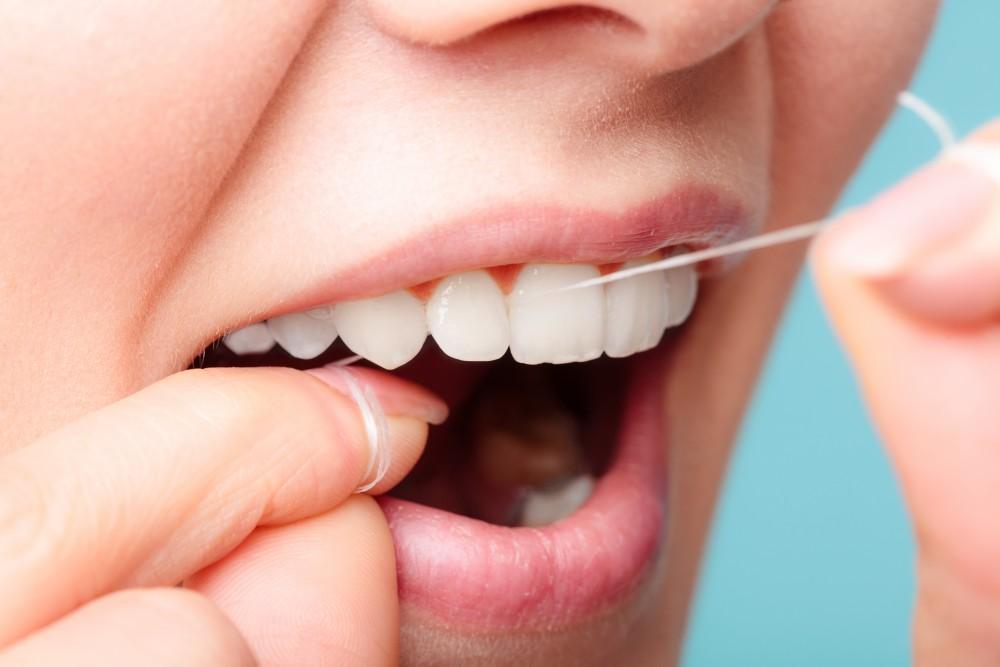Orthodontics: Straightening Smiles and Improving Confidence
Orthodontics is the branch of dentistry that focuses on correcting the alignment of teeth and jaws. While many people think of braces as a purely cosmetic treatment, orthodontics also plays an important role in improving oral health, function, and long-term comfort.
What Is Orthodontics?
Orthodontics is the practice of diagnosing, preventing, and treating problems such as crooked teeth, overcrowding, gaps, and bite issues (like overbite, underbite, or crossbite). Treatments involve gently moving teeth into better positions using braces, aligners, or other orthodontic appliances.
Why Orthodontic Treatment Matters
- Better oral health: Straight teeth are easier to clean, reducing the risk of decay and gum disease.
- Improved bite and function: Proper alignment helps with chewing, speaking, and preventing excessive wear on teeth.
- Confidence boost: A straighter smile often leads to improved self-esteem.
- Preventing future problems: Correcting bite issues early can reduce the need for more complex dental work later in life.
Common Orthodontic Treatments
- Traditional braces: Metal or ceramic brackets with wires that gradually guide teeth into position.
- Clear aligners: Removable, nearly invisible trays (like Invisalign) that move teeth step by step.
- Lingual braces: Braces placed on the inside of the teeth, hidden from view.
- Retainers: Used after treatment to keep teeth in their new position.
When to See an Orthodontist
Orthodontic treatment can benefit children, teenagers, and adults alike. Many orthodontists recommend an initial check-up around age 7, when permanent teeth are starting to come in. Early assessment can spot issues before they develop into bigger concerns. Adults, too, can benefit — modern orthodontic options are discreet and comfortable.
The Treatment Journey
Orthodontic treatment usually follows a few stages:
- Consultation & assessment – X-rays, photos, and impressions of the teeth are taken.
- Planning – A tailored treatment plan is created.
- Active treatment – Braces or aligners are fitted and adjusted regularly.
- Retention – Retainers keep teeth in place after treatment is complete.
Living with Orthodontic Treatment
While braces or aligners require some adjustments in diet and cleaning routines, most patients adapt quickly. Regular dental visits and good oral hygiene are essential for keeping teeth healthy during treatment.
A Lifelong Investment in Your Smile
Orthodontics is about much more than straightening teeth — it’s about improving overall oral health, function, and self-confidence. With today’s wide range of treatment options, achieving a healthy, confident smile is more comfortable and accessible than ever.




